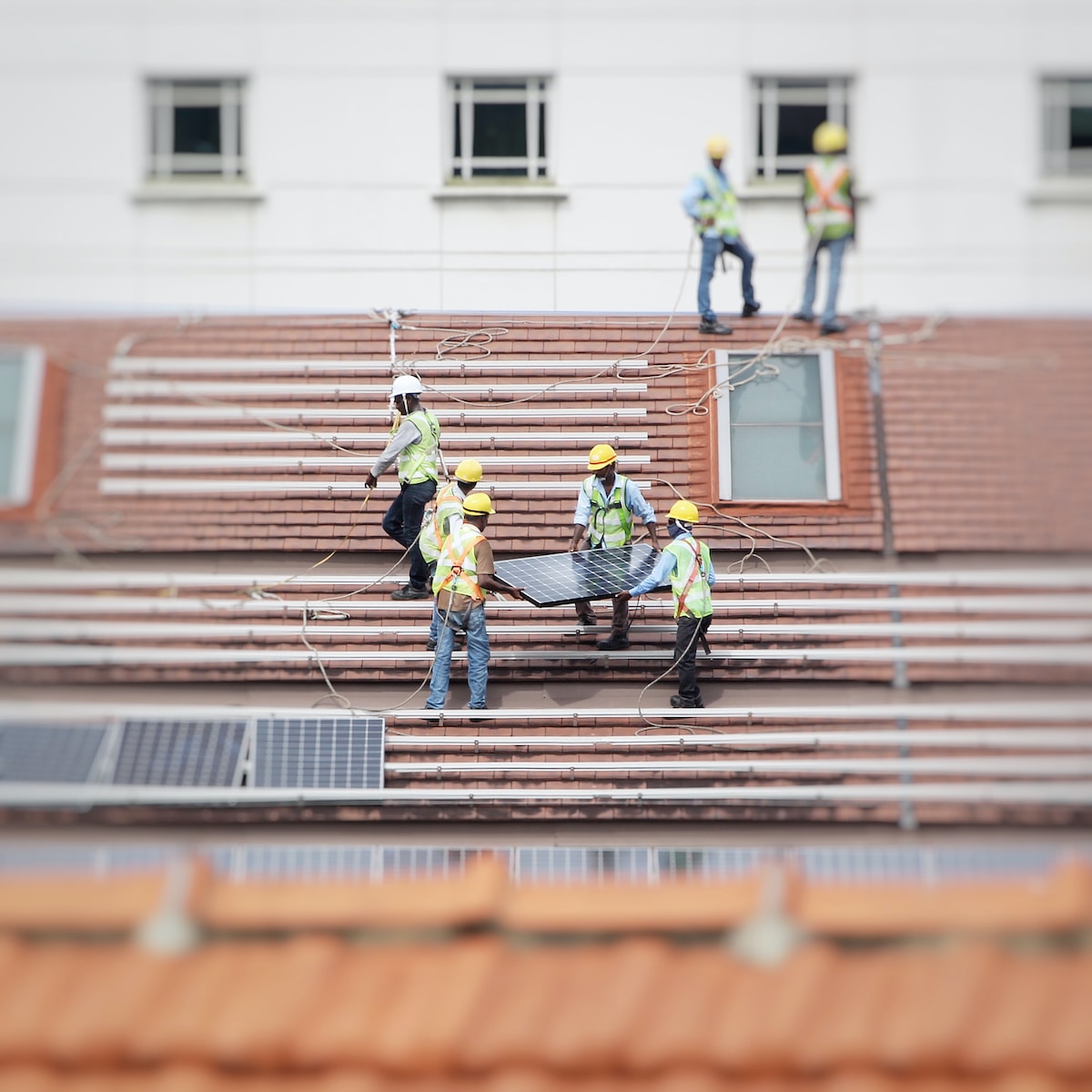Key Takeaway: Calculating the number of solar panels required to run a 3000W load constantly involves considering factors such as power consumption, solar panel capacity, location, and battery storage options.
Power consumption is measured in watts (W) and represents the rate at which electrical energy is consumed. When determining the number of solar panels needed to power a 3000W load constantly, it’s crucial to distinguish between continuous and intermittent power loads. Continuous loads, such as refrigerators or lighting, require a constant power supply, while intermittent loads, like washing machines or air conditioners, have varying power requirements.
Calculating Power Consumption
To calculate the power consumption of your specific load or equipment, you need to determine the wattage. The wattage is usually indicated on the device or in its user manual. If you cannot find the wattage, you can use a watt meter to measure the power consumption.
For instance, let’s say your load has a power consumption of 3000W. Keep in mind that this is the power required to run the load constantly. If your load is intermittent and operates at full power only part of the time, you will need to adjust the calculations accordingly.
Solar Panel Capacity and Output
Solar panels come in various capacities and efficiencies, which affect the amount of electricity they can generate. The capacity of a solar panel is measured in watts peak (Wp), representing the maximum power output under ideal conditions. The efficiency rating indicates how effectively the solar panel converts sunlight into electricity.
When selecting solar panels, consider both the capacity and efficiency. Higher capacity panels generate more electricity, while higher efficiency panels utilize sunlight more effectively. It’s important to strike a balance between capacity and efficiency to maximize the energy output of your solar panel system.
Factors Influencing Solar Panel Output
Several factors can impact the efficiency and output of solar panels. These include:
- Location: The amount of sunlight available depends on your geographical location. Areas with more sunlight will yield higher energy production.
- Orientation: The orientation of your solar panels affects their exposure to sunlight. For optimal output, panels should face south in the Northern Hemisphere and north in the Southern Hemisphere.
- Shading: Shading from trees, buildings, or other obstructions can significantly reduce the efficiency of solar panels. Ensure that your panels are placed in a location with minimal shading.
- Weather conditions: Cloudy or overcast weather can reduce the amount of sunlight reaching your panels, impacting their output.
Consider these factors when calculating the number of solar panels required, as they will influence the system’s overall performance.
Determining the Number of Solar Panels Required
To determine the number of solar panels needed to run a 3000W load constantly, follow these steps:
- Calculate daily energy consumption: Determine the amount of energy your load consumes in a day by multiplying its power consumption (in watts) by the number of hours it operates.
- Account for average sunlight hours: Research the average sunlight hours in your location. Multiply the daily energy consumption by a factor that accounts for the average sunlight hours. For example, if your load consumes 3000Wh (watt-hours) per day and your location receives an average of 5 sunlight hours, multiply 3000Wh by 5 to get 15000Wh.
- Consider panel efficiency: Divide the total energy required by the efficiency rating of your chosen solar panels. For instance, if your panels have an efficiency rating of 15%, divide 15000Wh by 0.15 to get 100000Wh (or 100kWh).
- Determine solar panel capacity: Divide the total energy required by the capacity of each solar panel. If your panels have a capacity of 300W, divide 100000Wh by 300W to get approximately 333.33 panels.
Keep in mind that this calculation provides an estimate. It’s advisable to consult with a solar panel professional to ensure accurate sizing and optimal performance.
Cost Considerations
While solar panels offer long-term savings through reduced electricity bills, it’s important to consider the upfront costs. The cost of solar panel installation can vary depending on factors such as system size, equipment quality, and location.
However, it’s worth noting that government incentives and tax credits are often available to offset these costs. Research local programs and incentives to determine if you qualify for financial assistance.
Battery Storage Options
You mentioned that you are happy to pay for power at night but want free power from the sun during the day. To achieve this, you can consider incorporating battery storage into your solar panel system. Battery storage allows you to store excess solar energy generated during the day for use at night or during periods of low sunlight.
By coupling your solar panels with a battery storage system, you can maximize your energy independence and reduce reliance on the grid. This setup provides you with a seamless power supply, utilizing solar energy during the day and stored energy at night.
Maintenance and Monitoring
To ensure the optimal performance and longevity of your solar panel system, regular maintenance and monitoring are crucial. This includes cleaning the panels to remove dirt or debris, checking for any damage, and monitoring the system’s output to identify any potential issues.
By staying proactive with maintenance and monitoring, you can ensure that your solar panels continue to generate electricity efficiently and effectively.
Conclusion
Determining the number of solar panels needed to run a 3000W load constantly involves careful consideration of power consumption, solar panel capacity, location, and battery storage options. By following the steps outlined in this article, you can calculate the approximate number of solar panels required for your specific needs. Remember to consider factors like location, panel capacity, and efficiency to maximize the output of your solar panel system. Embrace the power of the sun and enjoy the benefits of clean and renewable energy!



